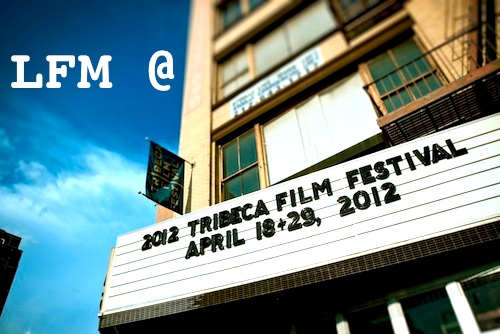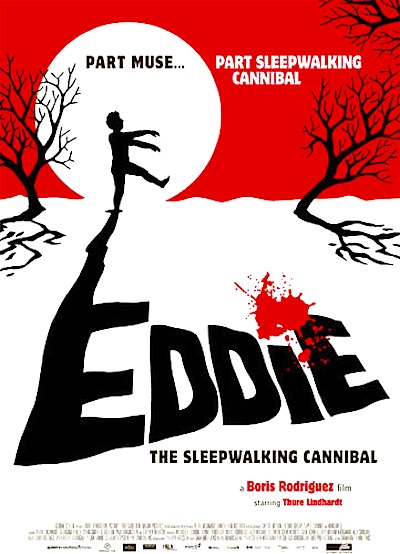By Joe Bendel. Martin Scorsese needs to dispatch an emergency film preservation team to Cambodia. From 1960 to 1975 about 450 films were produced in the Southeast Asian country. However, only about thirty films survived the Khmer Rouge. The Chinese-backed Communists considered cinema just another form of capitalist decadence (which is sort of true – when it’s really good). Davy Chou surveys what was lost with the handful of surviving film industry veterans in his outstanding documentary Golden Slumbers, which screens at the San Francisco Film Society’s 2012 San Francisco International Film Festival.
Despite being the grandson of the once prominent Cambodian director Vann Chan, many of the filmmakers who were able to escape execution (most of whom endured harsh transit conditions to seek refuge in France) were initially reluctant to talk to Chou. However, Yvon Hem eventually relents, taking Chou on a tour of his long abandoned Bird of Paradise studio (named for the Marcel Camus film that launched many film careers in the country, including his own). Less reticent is Dy Saveth, the former Elizabeth Taylor of Cambodian film, now working as a dance instructor. To this day, the hill where she once filmed a climactic scene still bears her name.
Obviously the genocidal murders and forced labor camps are the greater crimes of the Khmer Rouge regime. Yet the devastation of the nation’s cinema is not merely a footnote to the wider tragedy—it is a tragedy unto itself. Listening to the movie patrons and movie-makers discussing their beloved films, now presumably lost forever, is deeply moving. Clearly lives and livelihoods were lost, but average Cambodians’ treasured memories and cultural heritage have also been destroyed by an ideology of death. Watching Slumbers stirs the same emotions as the sight of a charred family photo album at a fire scene.

Slumbers also bear an unexpected but apt comparison to Jafar Panahi’s This is Not a Film, featuring many directors and actors forced to relate their films like oral history. Yet Chou is able to convey a sense of them through movie posters, radio commercials, and soundtrack records (many of which remain widely popular). He also stages his talking head interviews in ways that are often quite visually stylish.
For any movie lover, the loss of a nation’s cinematic legacy is truly lamentable, but it is particularly so in this case. From the tantalizing descriptions heard throughout Slumbers, many of the popular Cambodian films of the pre-Khmer Rouge era sound like high-end Bollywood, but incorporating darker supernatural and mythological elements. Though it is impossible to know with certainty, if you are reading this review there is indeed a strong likelihood these films would have been your cup of tea.
One can only hope Chou’s documentary leads to the discovery of some of these lost treasures in forsaken film vaults someplace. Nonetheless, as a film in its own right, Slumbers is quite accomplished. It is an intelligently constructed and elegantly executed cinematic elegy that absolutely puts to shame the vacuous tributes to Hollywood glamour that aired during the recent Academy Awards. Profoundly moving, Slumbers is one of the best documentaries selected for a major festival this year. It screens this coming Saturday (4/28) and the following Tuesday (5/1) and Thursday (5/3) during the 2012 San Francisco International Film Festival.
LFM GRADE: A+
Posted on April 22nd, 2012 at 9:34pm.

